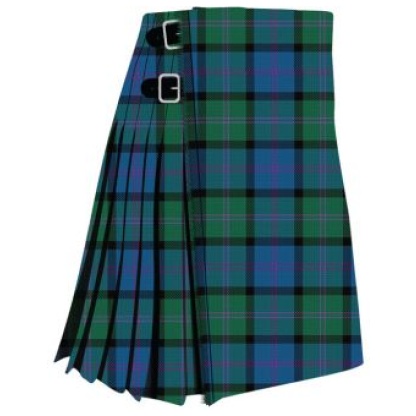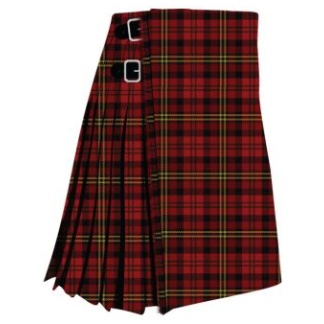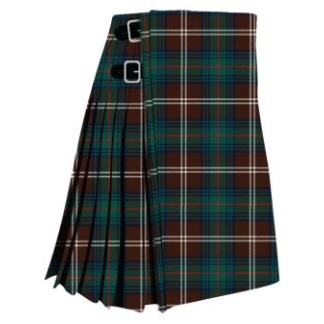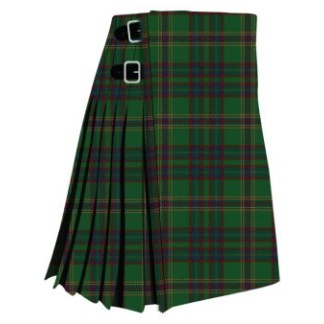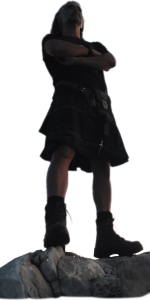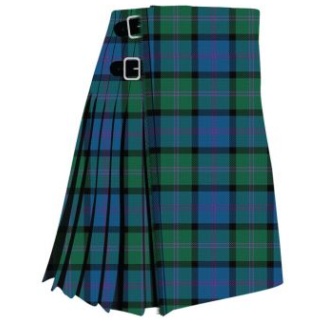Clan MacThomas Ancient Tartan Kilt
$99.00
The Clan MacThomas Ancient Tartan Kilt is associated with the Scottish clan MacThomas, which is also known as Clan MacTavish. Here’s a brief overview of the history of the clan and their tartan kilt:
- Clan MacThomas: The clan MacThomas is a Highland Scottish clan that claims descent from Thomas of Ercildoune, a legendary Scottish poet and prophet who lived in the 13th century. The clan is also known as Clan MacTavish or Clan Tavish. The MacThomas name was anglicized to MacTavish, and the clan is often associated with both names.
- Tartan History: The tartan associated with Clan MacThomas, including the “Ancient” variant, features a distinctive pattern of colors. The “Ancient” designation in tartan patterns often signifies a lighter and more muted color palette, with softer, earthy tones. This is in contrast to the modern versions of tartans, which tend to be more vibrant.
- Kilt Usage: Clan MacThomas members and those with MacThomas or MacTavish heritage may wear the Clan MacThomas Ancient Tartan Kilt as a way of expressing their clan affiliation and Scottish heritage. The kilt is a traditional Scottish garment and a symbol of Scottish culture.
- Historical Significance: The MacThomas clan had a historical presence in the Highlands of Scotland, and they were known for their tenacity and loyalty. Clan MacThomas was loyal to the Stewart monarchs and played a role in various events in Scottish history. They were associated with the Loch Awe area in Argyll, and their lands included the district of Cowal.
- Modern Use: Today, the Clan MacThomas Ancient Tartan Kilt is worn on various occasions, including Scottish festivals, weddings, and other events where individuals wish to showcase their Scottish heritage. Kilts have become a symbol of pride and tradition for many Scots and those with Scottish ancestry.
